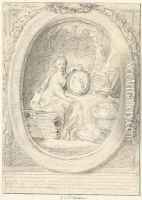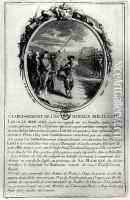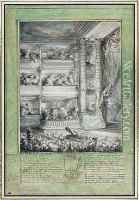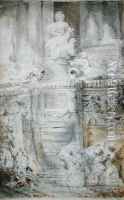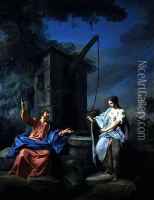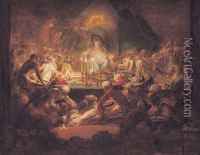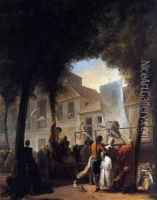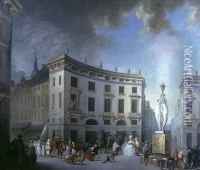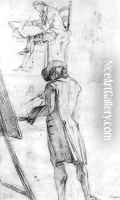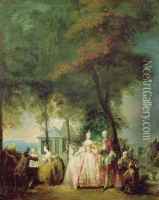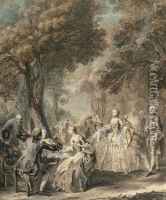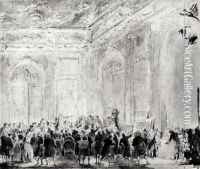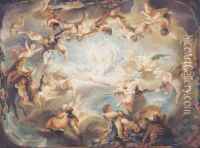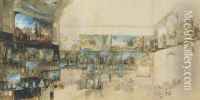Gabriel De Saint Aubin Paintings
Gabriel-Jacques de Saint-Aubin, born on April 14, 1724, in Paris, France, was a prolific French draftsman, printmaker, and painter. He was the youngest of three brothers, all of whom were artists, but Gabriel distinguished himself through his unique style and his focus on capturing the everyday life of Parisians in the 18th century.
Saint-Aubin came from a modest background and received his early artistic training from his older brother, Charles-Germain de Saint-Aubin, who was an embroiderer to the king. Despite his talent, Gabriel struggled to gain recognition from the French Royal Academy of Painting and Sculpture and therefore never held an official position within the institution. Nevertheless, he managed to earn a living by creating illustrations for books and working on various engraving projects.
His work is characterized by its intimate scale, meticulous detail, and the vivid portrayal of contemporary events and the bustling life of Paris. He sketched scenes from various social strata, from street vendors and public markets to the aristocratic gatherings and theatre events. Saint-Aubin had a keen interest in the theatre and often depicted actors and audiences, capturing the cultural vibrancy of his time.
Gabriel de Saint-Aubin's drawings and watercolors are notable for their spontaneity and fluidity of line. He frequently used a technique known as 'lavis,' a method of ink wash that provided a range of tonal effects. His sketchbooks, filled with observations of daily life, are considered invaluable historical documents that provide insight into the social, cultural, and artistic milieu of 18th-century Paris.
Despite his considerable output and the quality of his work, Saint-Aubin remained relatively obscure during his lifetime, overshadowed by the likes of his contemporaries such as François Boucher and Jean-Honoré Fragonard. It wasn't until the 20th century that his contributions to French art were fully recognized and appreciated. Gabriel de Saint-Aubin died in obscurity on February 14, 1780, in Paris. Today, his works are held in high esteem and can be found in major museums worldwide, including the Louvre in Paris and the Metropolitan Museum of Art in New York.
